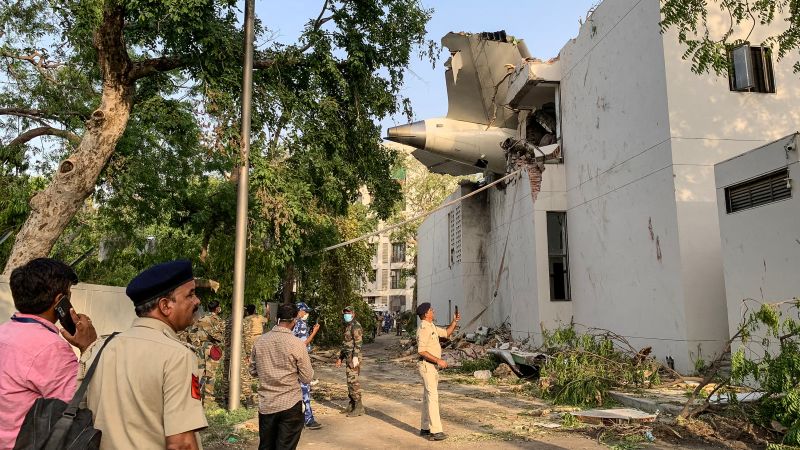CNN
The Investigation of the Aviation Tragedy
An official investigation into the world’s deadliest aviation accident in a decade has provided clarity on one significant aspect while leaving several questions unanswered.
Crash Details
Last month, Air India flight AI171 crashed shortly after takeoff from a busy airport in Ahmedabad, India, resulting in the deaths of 241 out of the 242 passengers and crew, along with 19 individuals on the ground.
Preliminary Findings
A preliminary report from India’s Aircraft Accident Investigation Bureau (AAIB) indicated that the fuel supply to both engines was cut during takeoff. The flight data recorder revealed that fuel switches were moved to the “CUTOFF” position just as the aircraft was climbing, leading to the engines losing power.
Pilot Responses
Analysis of the audio from the black box revealed a conversation between pilots where one questioned the switch operation, with the other denying involvement. Ultimately, both engines were reignited, but the recovery efforts were insufficient to prevent a crash.
Unanswered Questions
While the report identified the fuel cutoff as the crash’s primary cause, it does not clarify whether this action was intentional, accidental, or due to mechanical failure. The placement and design of the fuel switches are under scrutiny since they are secured to minimize inadvertent operation.
Expert Insights
Aviation safety specialist Geoffrey Dell emphasized the complexity of operating the fuel switches and found it unlikely that both could be accidentally flipped. He voiced skepticism about any pilot deliberately disengaging engine fuel right after takeoff.
Current Status and Further Investigations
As the inquiry continues, former pilot Ehsan Khalid advised refraining from attributing blame solely to the pilots, emphasizing that they recognized the loss of engine power was not due to their actions. The full investigation report is still pending, and Air India has committed to cooperating fully with the authorities.



